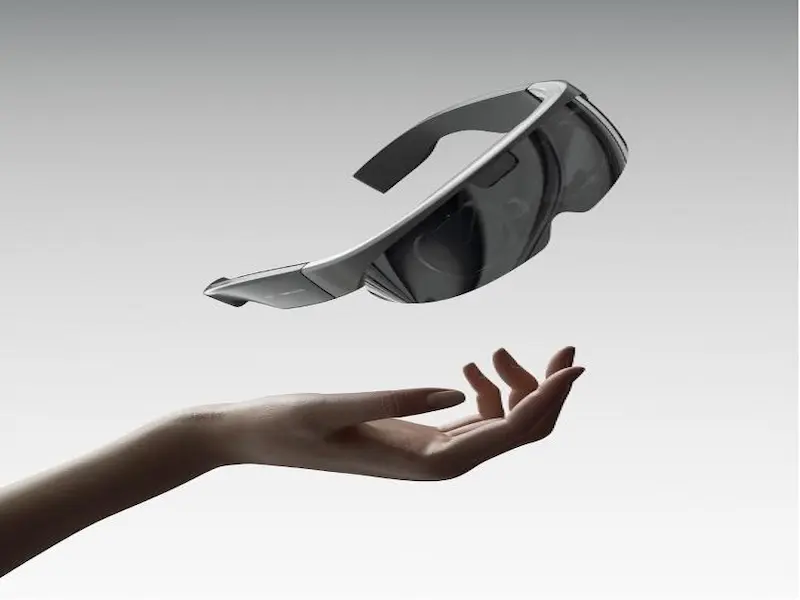- Chinese companies, led by Xiaomi-backed Superhexa, are introducing affordable AI smart glasses that provide access to generative AI capabilities, competing directly with higher-priced models from Ray-Ban and Meta.
- Despite growing interest in AI-enhanced wearables, analysts warn of potential market saturation and the need for improved comfort and battery life to attract non-adopters.
OUR TAKE
The rise of AI-enabled smart glasses is a manifestation of the fascinating intersection of technology and fashion. Balancing innovation and user experience remains a challenge, and companies are working hard to make wearable devices more convenient and useful. However, many consumers may still be reluctant to adopt such devices unless they provide significant practical functions while being stylish in design.
–Lily,Yang, BTW reporter
What happened
The latest entrant, Superhexa, has launched its J-Ring glasses at a competitive price of $98, undercutting Ray-Ban’s offerings. AI-powered smart glasses have become a trend among Chinese tech companies, driven by interest in combining generative AI with wearables.
These glasses allow users to access large language models for real-time translation and navigation. While smart glasses are rising in popularity, some analysts warn that the market is saturated and that improved comfort and functionality are needed to appeal to a wider audience.
Other companies, such as Solos and Brilliant Labs, are also entering the market with products that combine fashion with advanced technological features, but they face challenges in attracting users who don’t typically wear glasses.
Also read: Solos releases AirGo Vision, first GPT-4o enabled smart glasses
Also read: Meta to integrate AI into Ray-Ban smart glasses
Why it’s important
The emergence of AI smart glasses represents a pivotal moment in consumer technology, especially in the Chinese market. While competitive pricing and innovative features from brands such as Superhexa may spark initial interest, concerns about weight and usability may hinder long-term adoption.
The potential for oversaturation can be found in a rapidly evolving market, which requires manufacturers to continue to innovate and improve. The growth of the industry reflects broader trends in wearable technology, making it an area to watch in the coming years.
In addition to prioritising design and functionality, these devices should focus more on improving the user experience without compromising comfort, and whether they can seamlessly integrate into daily life.

